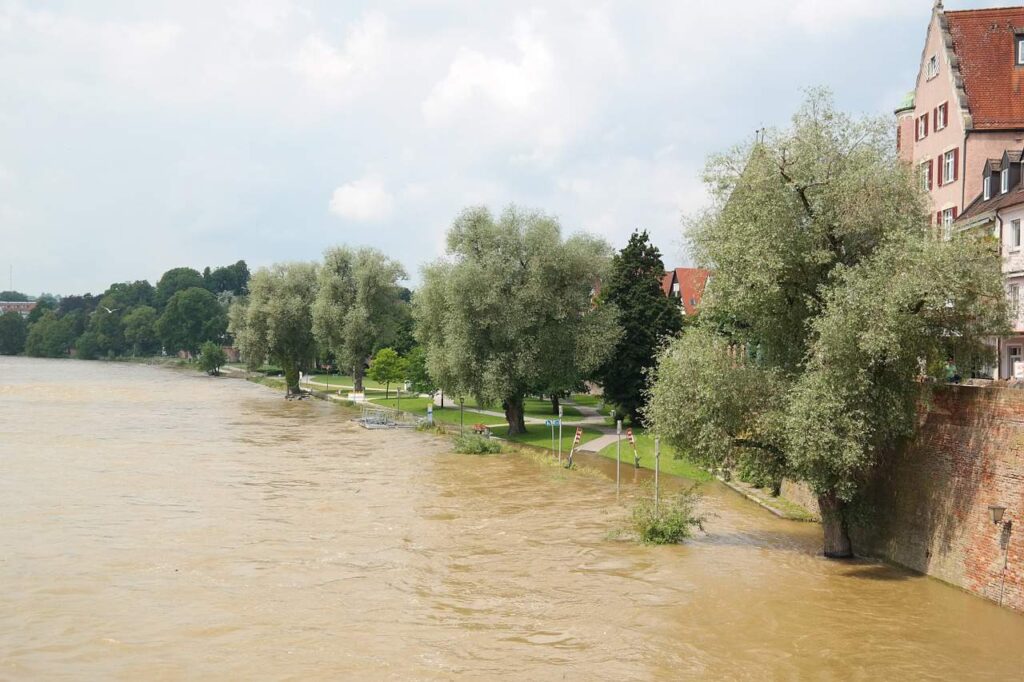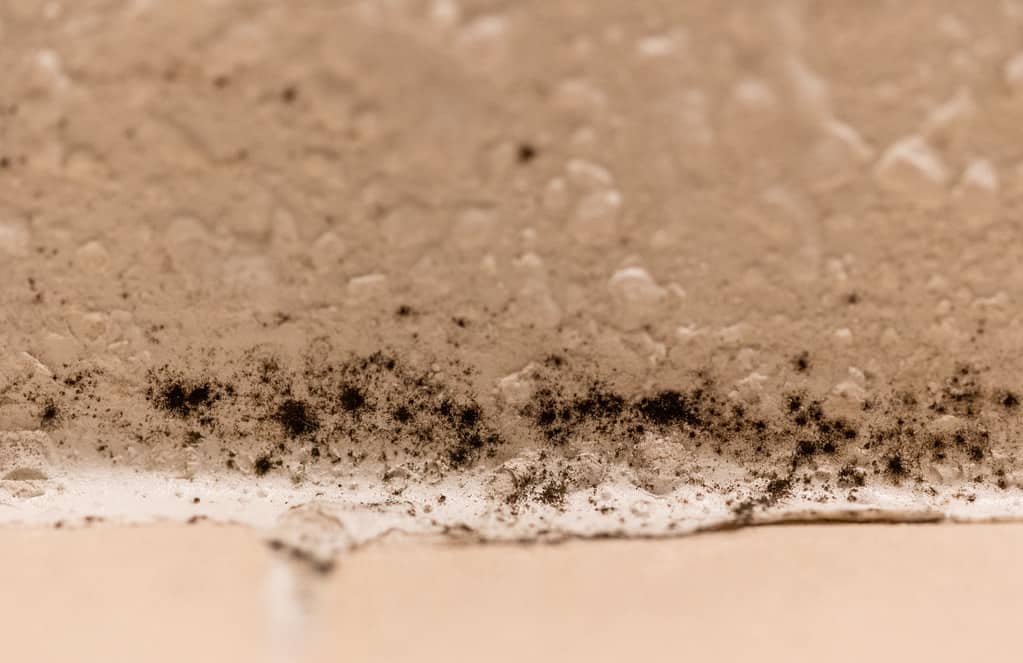The flood waters are receding in northwestern Washington state, but homes and businesses and farms in Whatcom and Skagit counties have been devastated by the historic levels of water overflowing rivers. It’s so severe that coverage has been on a national level. You’ve probably seen photos like this one shown here (courtesy of ABC News). But it may be that the worst is yet to come.

Estimates are that in some communities as much of 85% of properties have been damaged. Reports of basements filled with wet mud having walls collapse are not unusual. And even if your property hasn’t had a lot of physical damage, those waters and mud bring with them a very different type of risk. Flood waters are usually contaminated with biohazards that can produce infections and contagious diseases, which is why we DO NOT recommend property owners handle cleanup themselves. It involves much more than just drying things out, cleaning up the mud and dirt, and repairing structures.
Flood Damage Cleanup Is Best Left to a Professional
You can’t identify many biohazards just from looking at dirty water or mud. (Mold is an exception, and it’s usually the most common thing to develop after a flood, but that does take time.) The areas affected by the recent flooding are in large part agricultural, meaning that water is likely contaminated with animal feces. Fecal matter poses a substantial health risk, and when cleanup is not done properly and with the right protective equipment, those doing the cleaning can actually become sick themselves.
Another reason? Lack of expertise. If you aren’t a trained biohazard remediation professional, you likely don’t even know what to look for or where potential problems might arise. And there may be hidden structural damage.
Finally, knowing what needs to happen even after things appear dry and clean is very important. Biohazard and flood damage remediation companies like ours know what to look for and how to make sure the property is restored, disinfected, and sanitized.
Don’t risk your health and safety attempting to clean up after this recent flood. We are here 24/7 to help you. Flood damage repair and restoration is one of our specialties. We can work with your insurance company as well. Our trained biohazard and water damage cleanup technicians have the experience and the equipment to get the job done right. Contact us today – we serve the greater Seattle area, including communities that have been affected like Bellingham, Sumas, Everson, and Mount Vernon.




 Mold developing in a shower
Mold developing in a shower 


